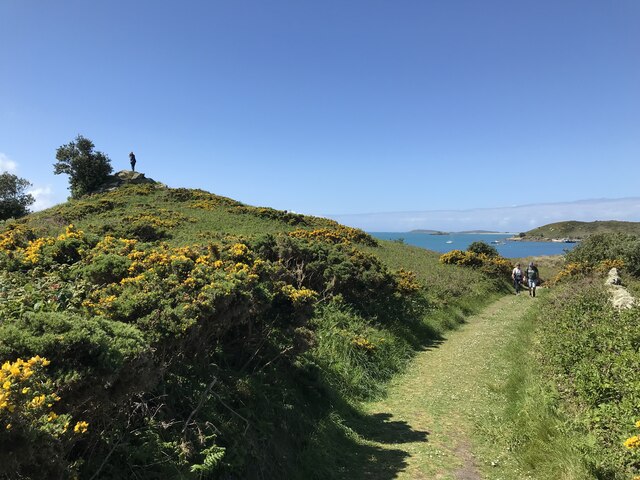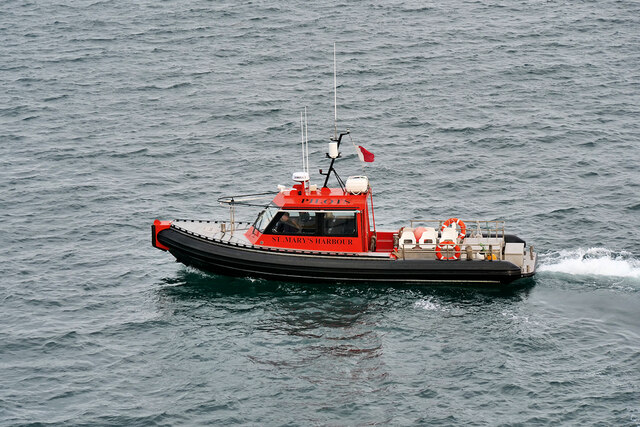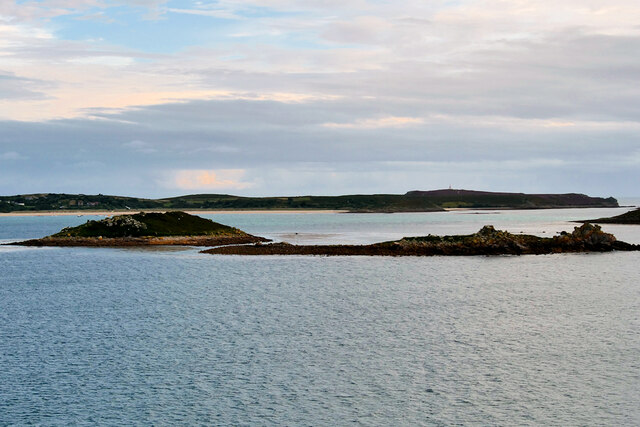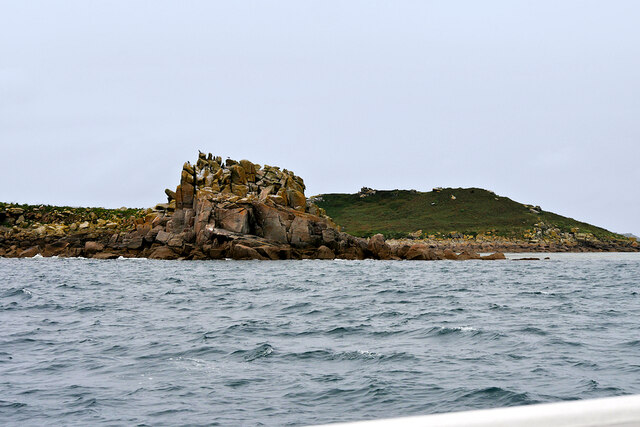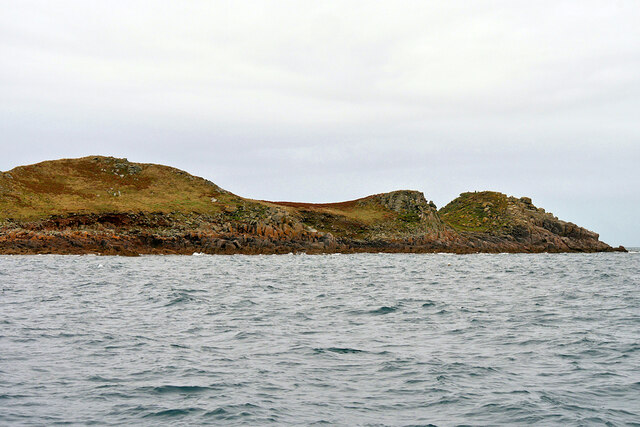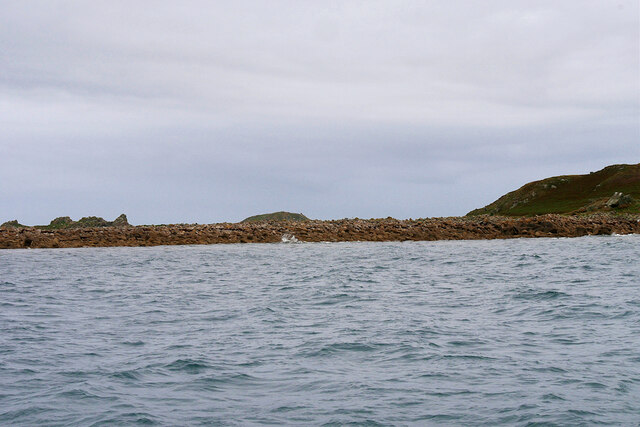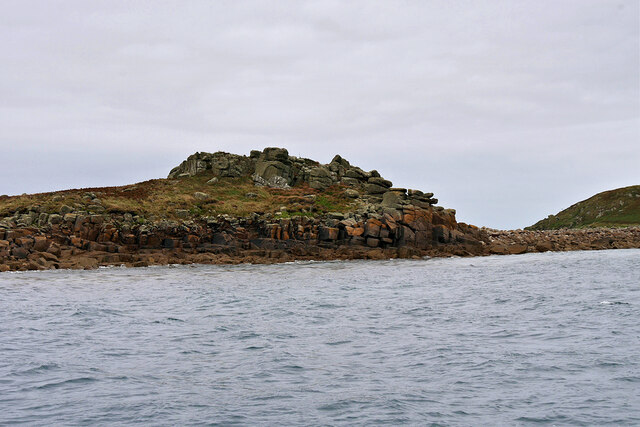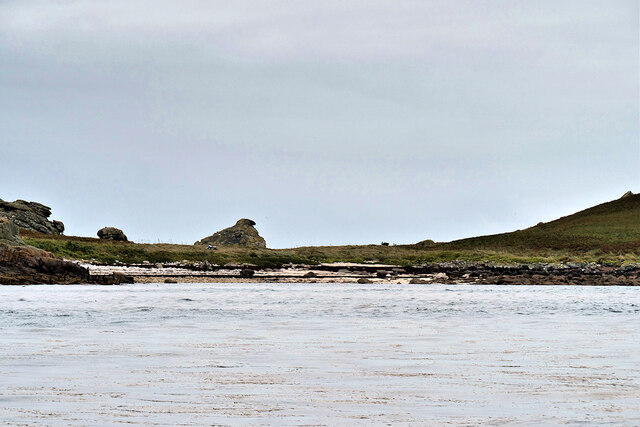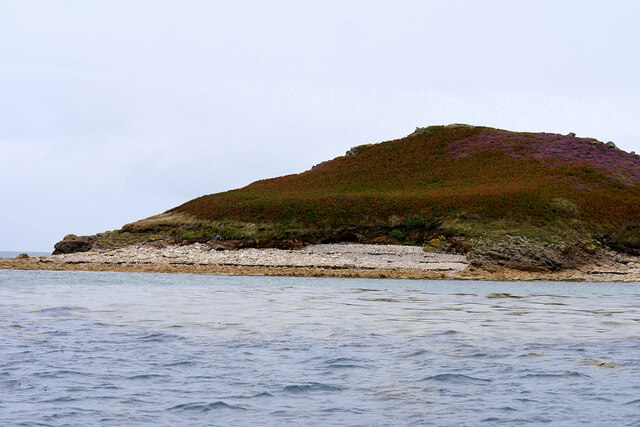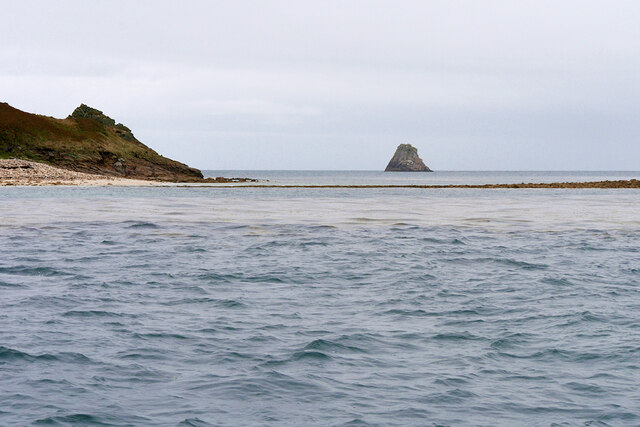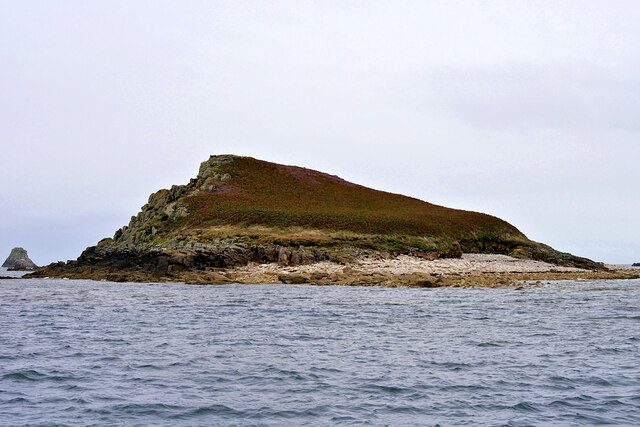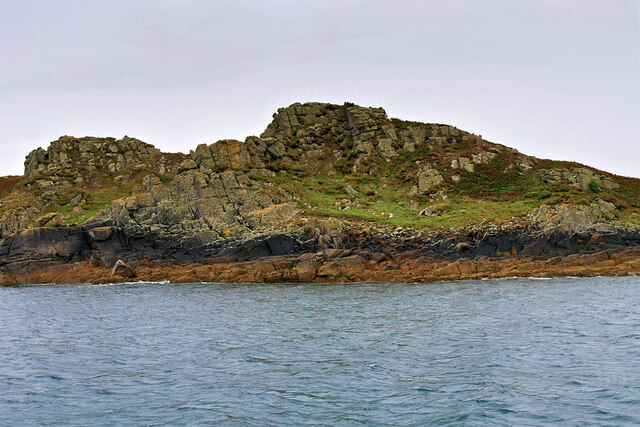Long Scud
Island in Cornwall
England
Long Scud
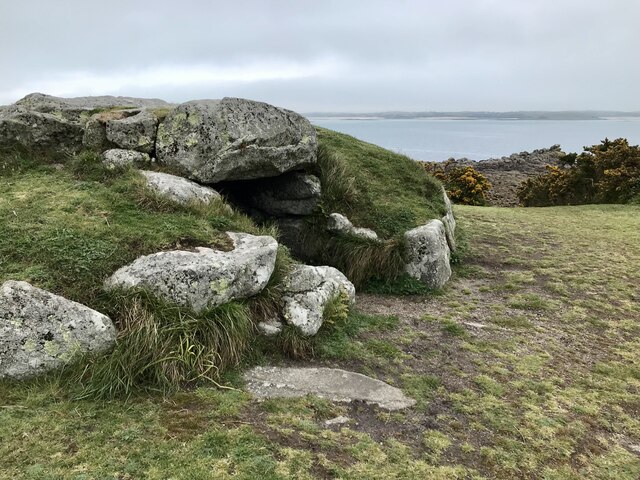
Long Scud is a small island located off the coast of Cornwall in southwestern England. It is situated in the Celtic Sea, approximately 3 miles southwest of Land's End, and covers an area of about 0.5 square miles. The island is made up of rugged cliffs and rocky shores, with a sparse vegetation cover consisting mainly of grasses and hardy shrubs.
Long Scud is a popular destination for birdwatchers and nature enthusiasts due to its diverse wildlife. The island is home to a variety of seabirds, including puffins, gulls, and cormorants, which nest on the cliffs and feed in the surrounding waters. Visitors can also spot seals and dolphins swimming in the sea around the island.
Access to Long Scud is limited, as there are no regular ferry services or public transport connections. However, it is possible to reach the island by private boat or by joining organized boat tours from nearby coastal towns. Visitors should be aware that there are no facilities or accommodations on the island, making it necessary to bring supplies and plan for a day trip.
The island's remote and untouched nature, coupled with its breathtaking views of the rugged coastline and the Atlantic Ocean, make Long Scud a haven for nature lovers seeking tranquility and natural beauty. It is a place where visitors can immerse themselves in the sights and sounds of the wild, while experiencing the untamed beauty of the Cornish coast.
If you have any feedback on the listing, please let us know in the comments section below.
Long Scud Images
Images are sourced within 2km of 49.948749/-6.2760405 or Grid Reference SV9314. Thanks to Geograph Open Source API. All images are credited.

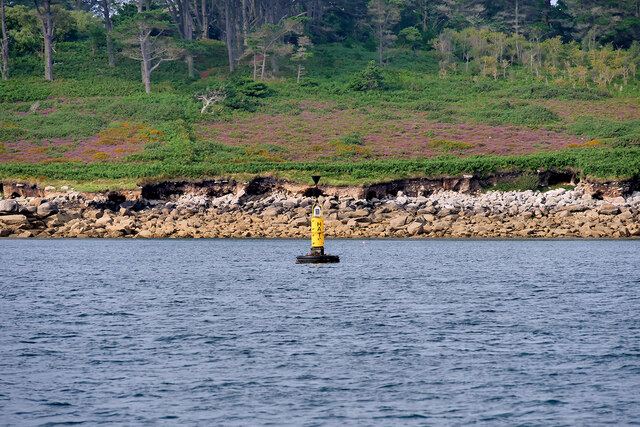
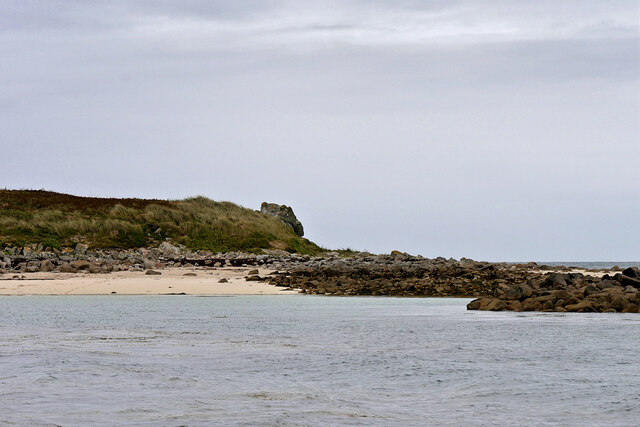
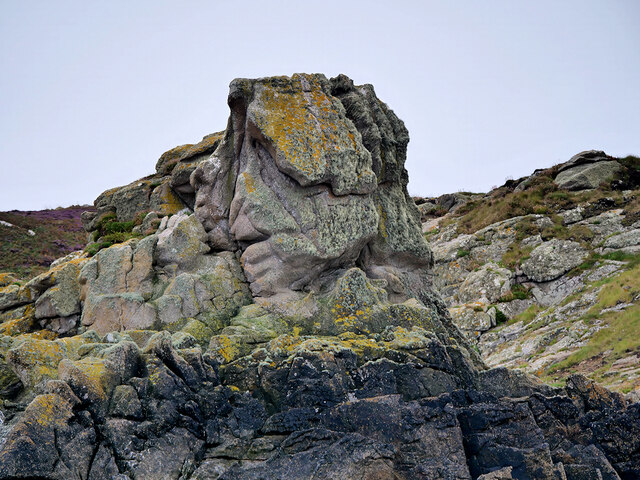
Long Scud is located at Grid Ref: SV9314 (Lat: 49.948749, Lng: -6.2760405)
Division: Isles of Scilly
Unitary Authority: Isles of Scilly
Police Authority: Devon and Cornwall
What 3 Words
///direction.zoom.flitting. Near St Martin's, Isles of Scilly
Nearby Locations
Related Wikis
Wheel Wreck
The Wheel Wreck is the remains of a shipwreck lying in Crow sound off Little Ganinick in the Isles of Scilly. The wreck site consists of a discrete mound...
Higher Town, Isles of Scilly
Higher Town (Cornish: Trewartha) is the easternmost and largest settlement on the island of St Martin's in the Isles of Scilly, England. It is situated...
St Martin's Methodist Church, Isles of Scilly
The Methodist Church, St Martin's, Isles of Scilly is a Grade II listed chapel in St Martin's, Isles of Scilly. == History == Bible Christians arrived...
Great Ganilly
Great Ganilly ( gə-NIL-ee; Cornish: Goonhyli Veur, lit. 'great saltwater downs') is one of the Eastern Isles of the Isles of Scilly. It has a maximum total...
Nearby Amenities
Located within 500m of 49.948749,-6.2760405Have you been to Long Scud?
Leave your review of Long Scud below (or comments, questions and feedback).

